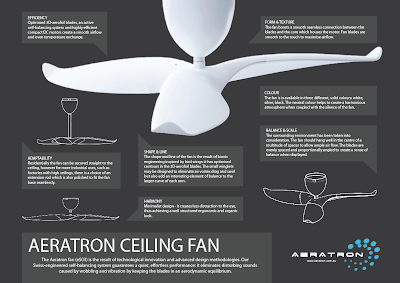This week I watched 3 videos by Annie Leonard:
The story of cosmetics:
The first one I watched was the story of cosmetics. As a female myself, I own quite a lot of beauty products, hair care, skin care, make up, the lot. When Annie talked about what was actually in those products, it got me thinking. Did I really know what ingredients are in my eye-shadow? Do I really know what products are in my own shampoo? These days everyone is looking for a cure for cancer yet all these chemicals are ‘linked’ in some way to cancer. The point that Leonard bought up was very interesting; it put a spin on the priorities the cosmetic companies sees, both in our health and in the safety of our health. It’s well known that the first priority for a business is profit, but is it really worth it at the risk of everyone’s health?
The story of bottled water:
Water, something that comes out of our taps, something you drink daily, something we have the luxury of not worrying too much about. Annie Leonard’s video on bottled water was eye opening, I knew the prices of bottled water were raised up significantly, but to say that the price was jacked up 2000% was definitely surprising. I had already known from previous research that our ‘recycled’ bottles were actually shipped to India, however Leonard brought new light to it by describing it as ‘mountains of plastic bottles’. I have to agree that the pictures on the bottles are misleading, however you could say that it is a marketing scheme that any company would be guilty of. As industrial designers, we should be thinking of cleaner ways, leaning towards a more sustainable lifestyle. Consuming plastics at our rate, and not doing enough to recycle or reuse them will be a major factor in the near future.
The story of stuff:
Design for the Dump – something that designers are very aware of these days. Annie Leonard describes it as a marketing technique, in which companies and designers create newer, more advanced models and in turn we neglect our older models and things – thus designing things to be thrown away. Industrial designers should realise that a standardisation is necessary, not just for common things like usb ports, but larger scale things like laptop chargers. If it was a universal standardisation, not only would we be saving valuable resources, but there would be no need to constantly upgrade what we already have. Making common parts for electronic gadgets alike should be a move that the world all moves towards. I think this video shows that we need to think towards the far future, not just in the short scheme of things because at this rate, our world is going to consist of landfills in every country.






